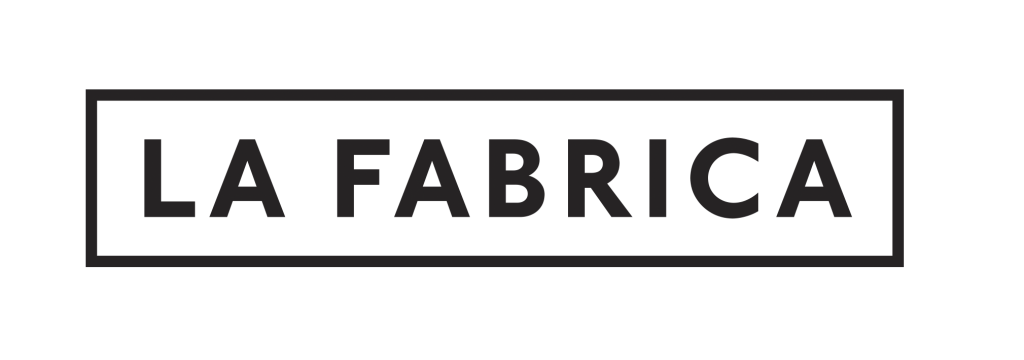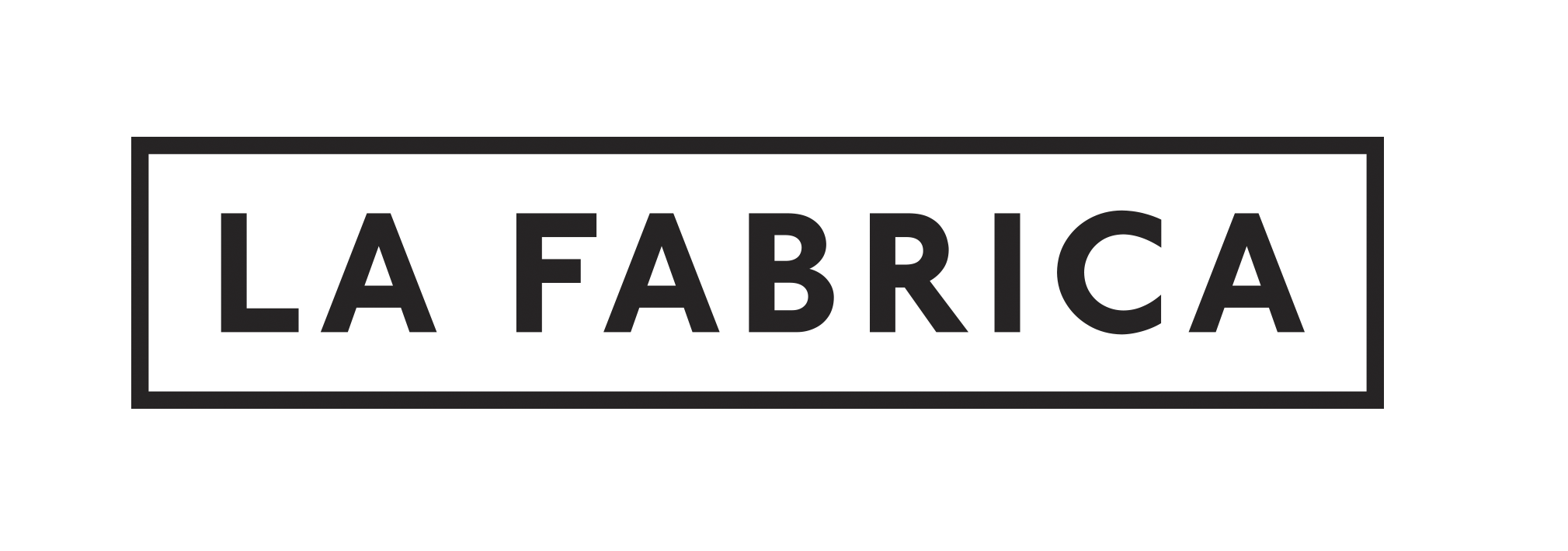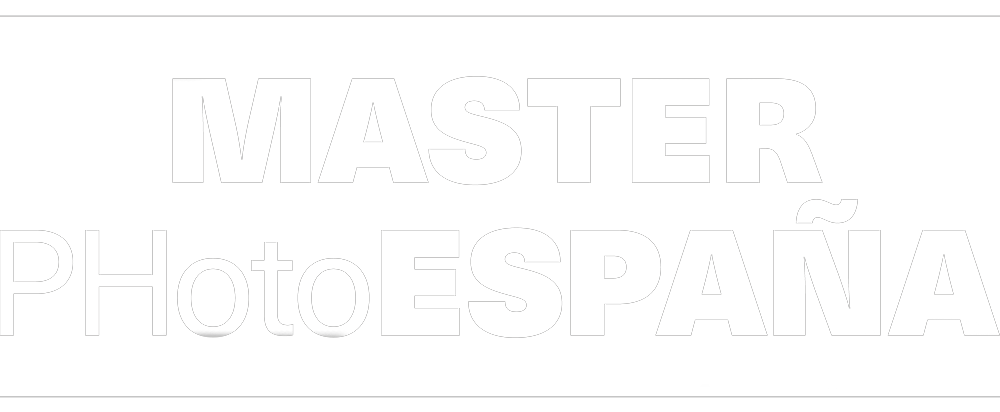The Festival wanted to spotlight the everyday efforts of graphic photojournalists, and especially the work of news photographers during the months of lockdown in Spain caused by the first wave in the coronavirus
PHotoESPAÑA is granting a Special Prize to Rosa Ros for her commitment to disseminating photography today and her support for this medium
The International Festival of Photography and Visual Arts, PHotoESPAÑA, has granted the 2020 PHotoESPAÑA Prize to photojournalism because of its extraordinary role in news and society, and especially its coverage of the coronavirus crisis during the lockdown that Spain experienced between March and June 2020.
More than ever, the health crisis in Spain turned graphic reporters into essential witnesses of an extraordinary, overwhelming experience with images that are sure to remain engraved in our collective memory. In a country shut inside its homes, the photographers from the news media took on the responsibility of using pictures to recount what was happening in hospitals and residences, along with everything that had stopped happening on the empty streets, where activity came to a complete standstill. Because of its commitment to information and the inestimable social value of its work, PHotoESPAÑA has awarded this prize to photojournalism.
The following were recognised with the PHotoESPAÑA prize: Donna Ferrato, Samuel Fosso, Cristina García Rodero, Harry Gruyaert, Paz Errázuriz, Ramón Masats, Bernard Plossu, Alberto García-Alix, Thomas Ruff, Graciela Iturbide, Malick Sidibé, Martin Parr, Robert Frank, Hiroshi Sugimoto, William Klein, William Eggleston, Helena Almeida, Nan Goldin, Duane Michals, Chema Madoz, Luis González Palma and Josef Koudelka.
This year, PHotoESPAÑA also decided to grant a special prize to Rosa Ros for her support of Spanish photography over the course of more than 20 years with the creation of the Bartolomé Ros Prize, which highlights within the festival the best careers by photographers and professionals in Spanish photography.
The prize, which has been granted to such prestigious names as Cristobal Hara, Colita, Gervasio Sánchez, Carlos Pérez Siquier, Chema Madoz, Isabel Muñoz, Ricard Terré, Javier Vallhonrat, Marta Gili, Alejandro Castellote, Joan Fontcuberta, Alberto García-Alix, Juan Manuel Castro Prieto, Ramón Masats and Cristina García Rodero, is Rosa Ros’s personal initiative to show her support for photography in Spain. Within Spanish photography, Rosa Ros is an extremely prominent example of the importance of saving historical archives. The daughter of Bartolomé Ros, an early photographer who documented the first steps of the Legion in Spanish Morocco in the 1920s, Rosa Ros managed to discover, curate and showcase her father’s lost archive. She is a necessary example in a country that has often not paid due attention to archives, which are an extraordinarily invaluable heritage within our culture.
Prize for Best Photography Book of the Year
This year, the prize for Best Photography Book of the Year went to The Pillar by Stephen Gill, Universos by David Jiménez, San Noir by Elie Monferier and Dalpine in their respective categories of international, national, self-published and publisher.
The jury was comprised of the deputy director of the 2 de Mayo Art Centre, Tania Pardo; the communications director and head of catalogues at the Juan March Foundation, Guillermo Nagore; and the photographer Alberto García-Alix.
The Pillar by Stephen Gill, published by Nobody, captures the same landscape in the spring, summer, autumn and winter. Yet far from being monotonous, these images focus on an element in each season, usually birds, which give a glimpse of a unique moment in time.
The jury awarded this book because of the quality of both its container and content. The excellence of its story and the edition itself particularly stand out.
Universos by David Jiménez, published by RM, Community of Madrid and University of Navarra Museum, won the Best Book of the Year prize in the national category. In this project, the author looks back on some of the projects he has undertaken over more than 25 years, such as Versus and Aura, and he previews his recent work Roma. Its pages reveal the evolution in the creative processes by which Jiménez has shaped his personal style, which seeks to depict the intangible, the dreamlike and the magical. The jury highlighted the synchrony between the book’s substance and form. Furthermore, it highlighted how the author’s visual narrative is supported by outstanding-quality printing and choice of paper.
The prize for the best self-published photography book of the year goes to Sang Noir by Elie Monferirer. This is a handmade book with only 70 copies crafted. Its author, Elie Monferirer, has envisioned and undertaken all the publishing processes that her book needs. She summons design, story and photography to bring to light a book overflowing with power and originality. The jury has deemed this project a true “auteur book”.
Dalpine has been recognised as the publisher of the year due to its commitment to photography and its sometimes risk and always extremely personal focus, which makes Sonia Berger’s publishing house a meeting and collaboration point among artists, photographers and designers, and a current benchmark in the publication of photography books.
OFF Festival prize and PHotoESPAÑA 2020 Discoveries prize
This year, more than 100 galleries from all over Spain have participated in PHotoESPAÑA’s OFF Festival thanks to the new digital approach to the OFF Festival, which has turned the PHotoESPAÑA website into a window where these galleries can spotlight the works of one of their artists.
Of all the entries, the project entitled My Dogs by photographer Klaus Lundi at La Cometa gallery in Madrid garnered the most votes.
My Dogs, by the Colombian-German photographer Klaus Lundi, is a series of superimposed photographs which were inspired by the artist’s need to document both the biographical and the alien. For more than ten years, with no pretension other than personal documentation, Lundi has created an extensive photographic archive of the places he has travelled through, both near and far. In this project, the artist wanted to examine his Colombian identity by playing with colloquial language. In Colombia, mis perros (my dogs) is a way of referring to the people closest to you; if a Colombian calls you “dog” it means you’re important to them. Dogs in moments such as marking their territory, resting or relieving themselves also caught his attention. The images reflect a fascination for and attraction to language and group rites.
Founded by Esteban Jaramillo Flórez 33 years ago, La Cometa Gallery is a space designed to facilitate dialogue among the viewer, the work of art and artists from different facets of contemporary art and to include prominent modern Latin American artists who provide a fundamental context for contemporary artistic production.
The PHotoESPAÑA 2020 Discoveries prize went to the project Agua muerta (Dead Water) by Marilene Ribeiro. In this project, the Brazilian photographer ventures into the lights and shadows of hydroelectric energy from the standpoint of the residents of the regions affected by huge public works infrastructures. The project examines the lives of these families on the shores who have been affected by the construction of dams for hydroelectric energy in three different regions in Brazil. The project includes portraits that were “co-created” by the photographer and the figures in the stories she captures in Agua muerta.
Likewise, the Lee Friedlander exhibition at the MAPFRE Foundation won the most votes from the public of all the exhibitions in the PHotoESPAÑA 2020 programme.
Ababol by Lurdes R. Basoli, the project with the most votes in the Time at a Standstill exhibition
Within the digital projects in PHotoESPAÑA 2020, the Festival partnered with the Enaire Foundation to hold the exhibition Time at a Standstill. Photographic Memory of the Confinement, featuring works by 42 professional photographers during the confinement.
The Festival audience was able to vote online for their favourite project, and the participants have chosen Ababol by Lurdes R. Basoli. The photographer went through the confinement at her mother’s house and decided to observe nature with the arrival of springtime, reflecting on its fleeting nature and the personality of the poppies, as if they were a spectacle created by and for the senses. The photographs are a diary of her silent walks, with no hurry and no distractions, as if her dog Gora and she were the only inhabitants of this small, personal world that had been hidden from her eyes until then.
